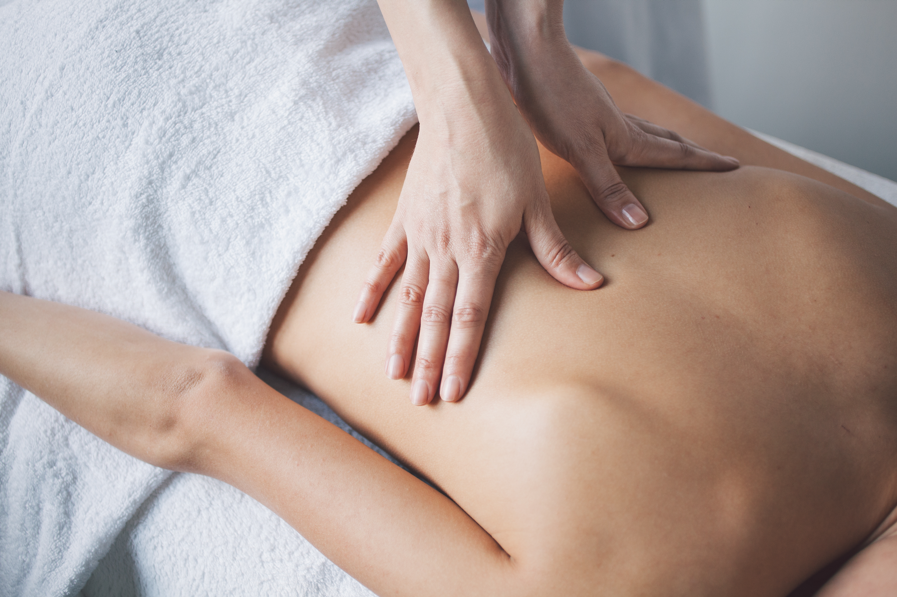New Science Confirms You Can Relieve Pain, Attain Better Health with the Power of Your Mind
When it comes to pain relief, the phrase “mind over matter” can be applied. According to an article published in Psychology Today, your mindset affects your health, how fast you heal, and how well treatments work for you. This is because pain, regardless of where it is felt, is processed in the brain and the spinal cord — the central nervous system. Thus, mind-body therapies may be helpful in alleviating pain by changing your perception on it. A team of researchers from Stanford University carried out a study that focused on the treatment for pain catastrophizing, which is characterized by feelings of helplessness, active rumination, and over magnification of feelings toward the painful situation. Moreover, it predicts pain intensity, the need for medication, and the length of hospital stay after a surgery. “Negative pain mindset undermines recovery and predicts the development of chronic pain. You were born motivated to escape pain but you were not born knowing how to modulate pain or the distress that it causes you,” Beth Darnall of the Stanford University School of Medicine explained. In the study, 76 participants who received care at an outpatient clinic were asked to attend a two-hour pain relief mindset class for free. Seventy out of the 76 patients accomplished a survey right after the class. The research team administered the pain catastrophizing scale (PCS) at class check-in, and at the second and fourth weeks after the initial treatment. The findings of the study revealed that a two-hour pain relief mindset class provides patients with the means to change the path and intensity of their pain. Patients acquired control over their own experience of pain. Darnall explained that mindset science can teach people how to calm the nervous system and develop thought patterns that improve functioning in areas of the brain associated with pain control. Currently, the researchers are applying mindset science to help prevent pain after surgery and reduce the risk associated with long-term opioid use. Instead of relying on opioids, health and pain relief mindset interventions help patients improve their positive expectations. In turn, this will help them reduce their use of opioids. Techniques to use your mind to manage pain A lot of people in the U.S. suffer from chronic pain. According to the National Center for Health Statistics in 2006, about 76.2 million or one out of four Americans have suffered from pain that lasts more than 24 hours. Moreover, pain is the leading cause of disability and affects more Americans than diabetes, heart disease, and cancer combined. In addition to this, most patients use opioids to relieve pain, which contributes to the opioid epidemic. In 2016, 11.5 million Americans misused prescription opioids — with 116 people dying each day from opioid-related drug overdose. Aside from positive thinking, here are five other ways that can help you manage pain without the use of pain medications. Deep breathing – Deep breathing is the center of all the other techniques, so it is a [...]




